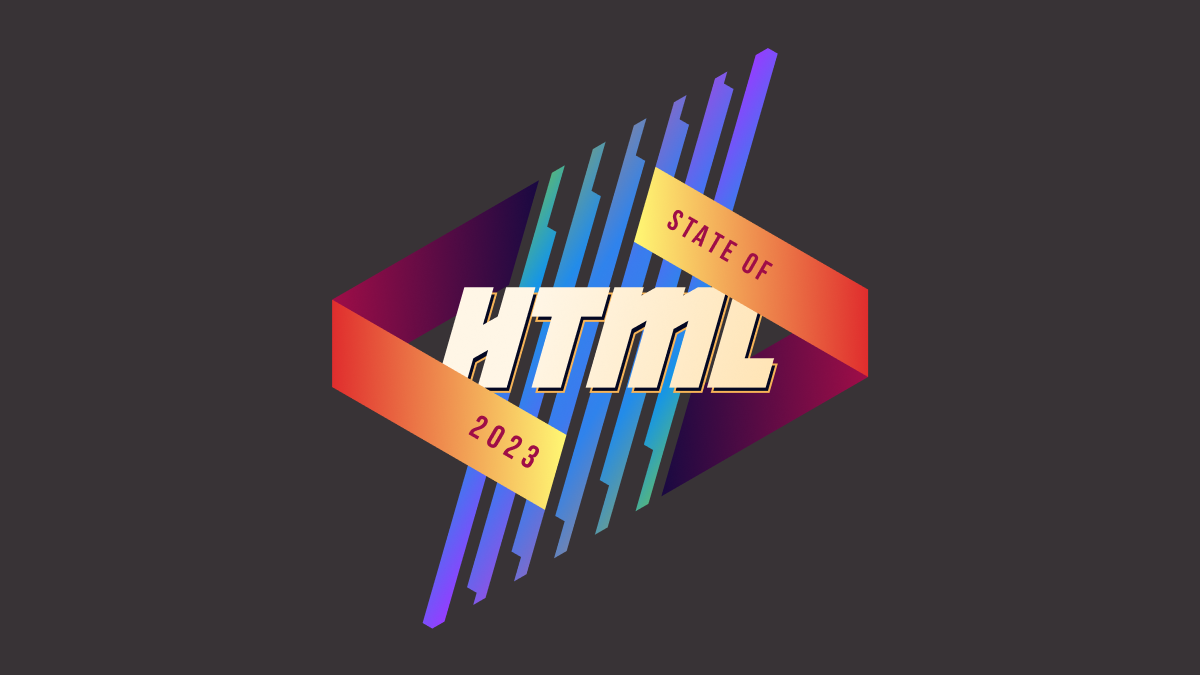

The most obvious cost of detached homes is the completely unsustainable amounts of infrastructure required to maintain them. Roads, sewage, electric, etc.
It’s a well documented fact that suburbs of sprawling suburban homes are bankrupting towns/cities all across America and only the densely built downtown cores are keeping these cities afloat because the tax revenue of dense mixed-use areas is substantially higher than the cost of maintaining the infrastructure for these places. Check out Strong Towns if you’d like to know more and see the studies showing all this.








As with all things, there’s a trade off: how much do you value the [convenience/ecosystem/insert other thing that proprietary system offers you] compared to the ongoing cost - monetarily but also in terms of privacy, market manipulation, environmental impact, etc. of supporting and relying on the proprietary system.
You can’t do your work without connecting to Exchange because Microsoft has leveraged decades of monopolistic gains to make Outlook the default option for any “serious” business, and has invested even further in making inconvenient (or soon impossible) to connect to Exchange from outside their sanctioned walled gardens. Demanding that Linux solve that for you is akin to demanding that the person commuting on bike undo a century of automotive-centric urban expansion in the US so that they don’t interrupt your commute. It’s not their fault they can’t solve the problem and it doesn’t help anyone to get mad at them for doing their best to behave rationally in a system stacked to only serve the 1%’s corporate interests.